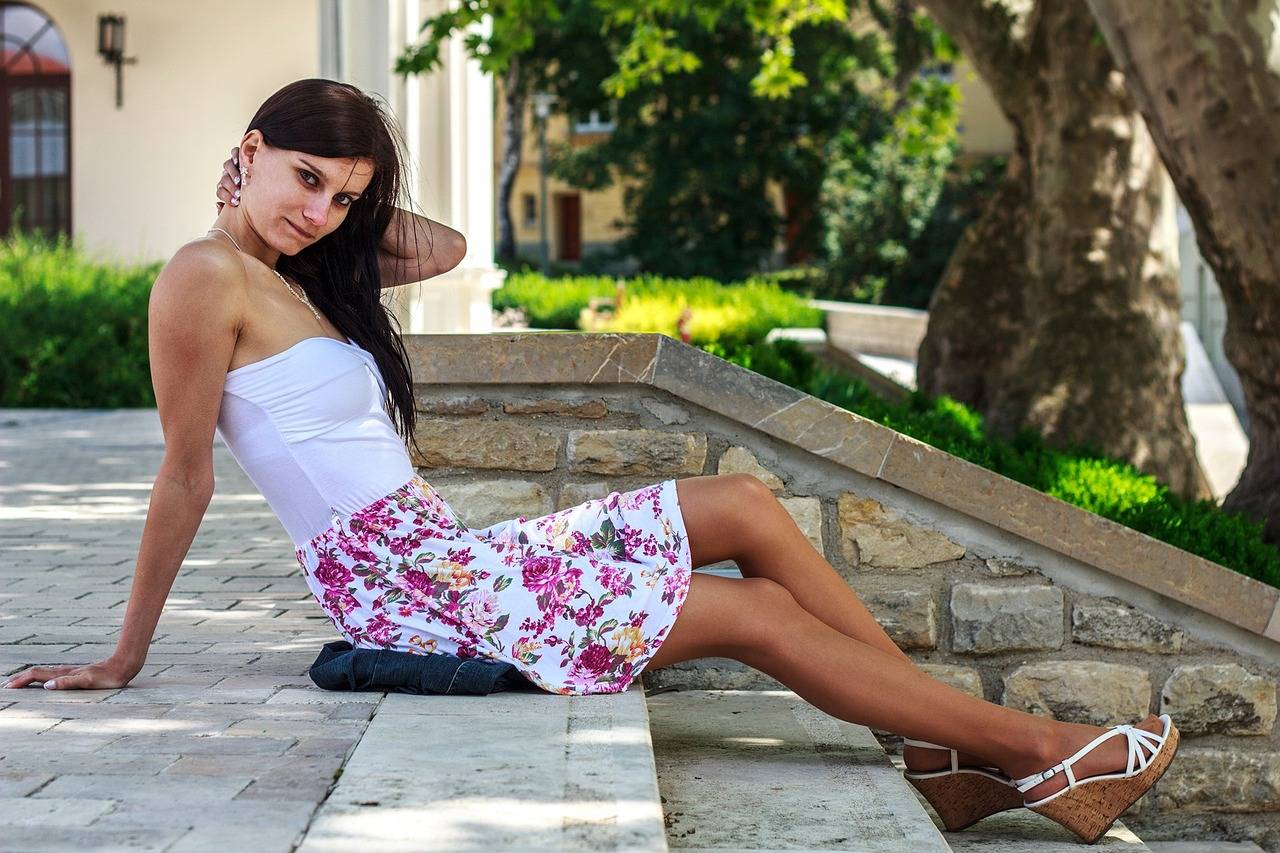Fashion and Literature: Fashion References in Poetry and Prose
When examining the intersection of fashion and literature, it becomes evident that both realms are intricately connected through their ability to convey narratives and evoke emotions. Fashion, as a form of self-expression, often mirrors the themes and characters depicted in literature, creating a visual language that enhances the storytelling experience. From the elaborate descriptions of clothing in classic novels to the influence of designers and trends in contemporary works, fashion serves as a powerful tool for authors to enrich their narratives and provide deeper insights into characters’ identities.
Furthermore, the relationship between fashion and literature goes beyond mere aesthetic elements, as both mediums play significant roles in shaping cultural norms and reflecting societal values. Through the portrayal of clothing choices and styles, authors have the opportunity to critique or endorse societal expectations regarding gender, class, and identity. Fashion, with its ever-changing trends and symbolism, adds layers of meaning to literary works, inviting readers to consider the broader cultural contexts in which stories are set.
The Symbolism of Clothing in Poetry
Clothing in poetry often serves as a powerful tool for conveying deeper meanings and symbolism. The choice of attire can represent a character’s identity, social status, emotions, or cultural background, adding layers of complexity to the poem’s message. Through the description of clothing, poets can create vivid imagery that enhances the reader’s understanding of the themes and characters in the poem.
In many poems, the symbolism of clothing extends beyond mere physical garments to symbolize larger concepts such as transformation, freedom, or oppression. The act of dressing or undressing can signify a change in a character’s journey or a shift in power dynamics within a narrative. By carefully selecting and describing clothing in their poems, poets can evoke strong emotions and provoke thought-provoking reflections on society, identity, and the human experience.
How can clothing be symbolic in poetry?
Clothing in poetry can be symbolic of a character’s identity, social status, emotions, or even societal norms. The choice of clothing described in a poem can add depth and layers to the meaning of the work.
Can clothing symbolism vary in different poems?
Yes, clothing symbolism can vary greatly in different poems depending on the context, themes, and intentions of the poet. What a piece of clothing represents in one poem may be completely different in another.
How can readers interpret clothing symbolism in poetry?
Readers can interpret clothing symbolism in poetry by considering the overall themes of the poem, the context in which the clothing is described, and any recurring motifs or imagery related to clothing.
Why is the symbolism of clothing important in poetry?
The symbolism of clothing in poetry adds richness and complexity to the work, allowing for deeper exploration of themes, characters, and emotions. It can provide insight into the inner workings of a character or society and enhance the overall meaning of the poem.





